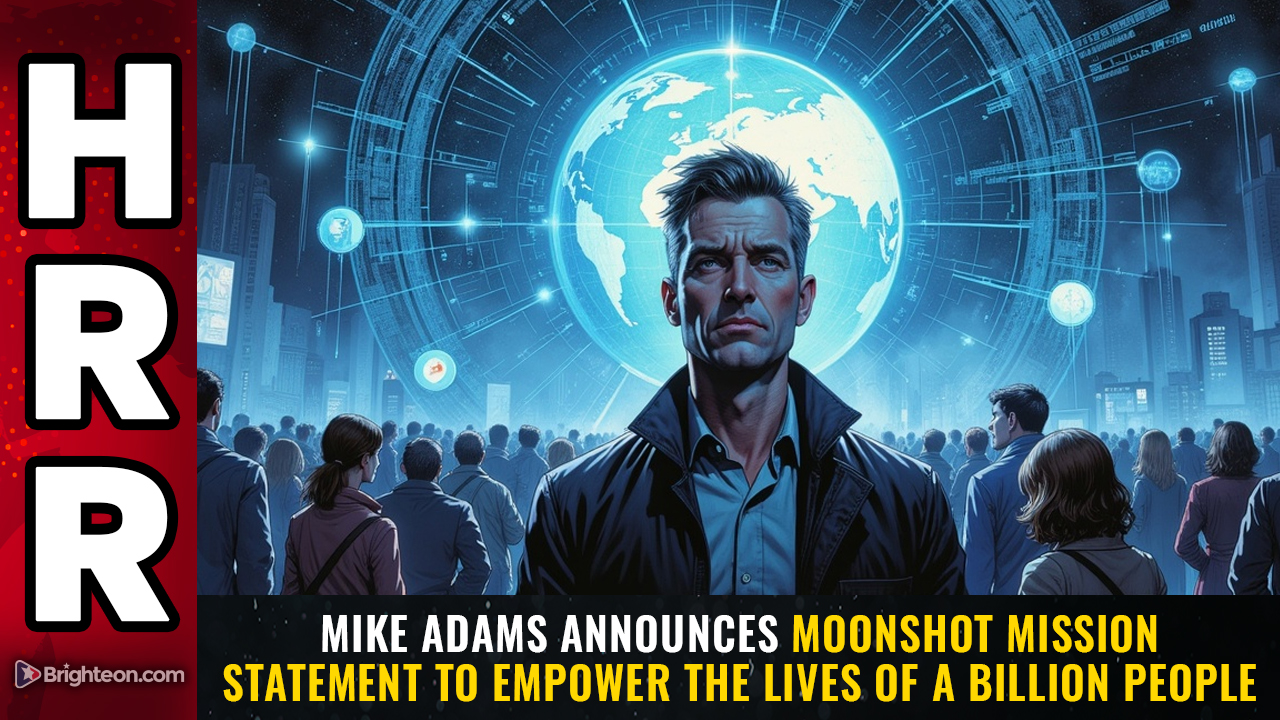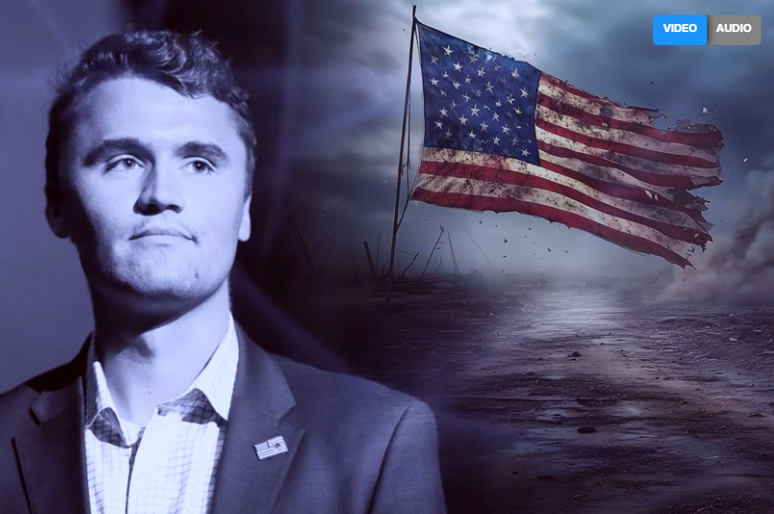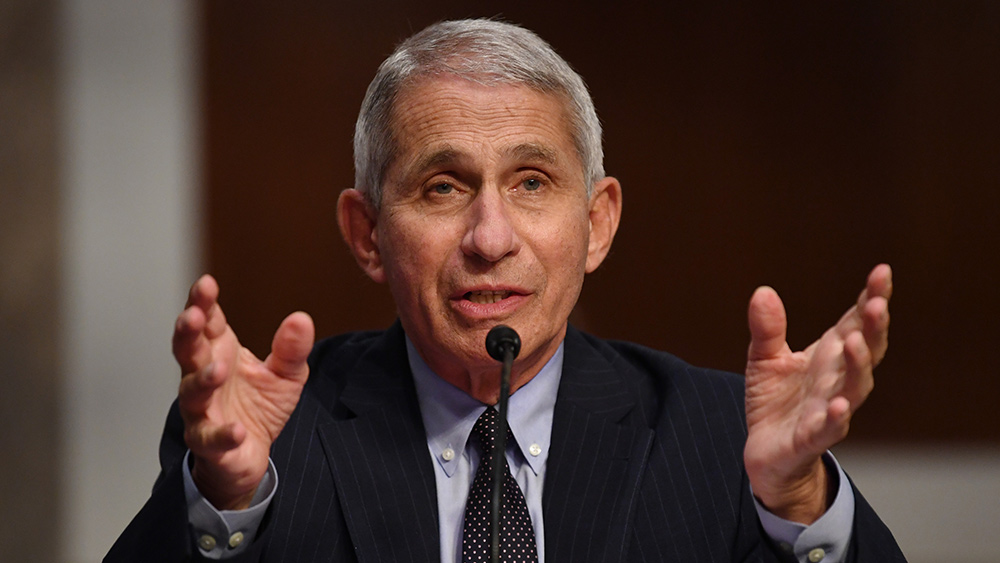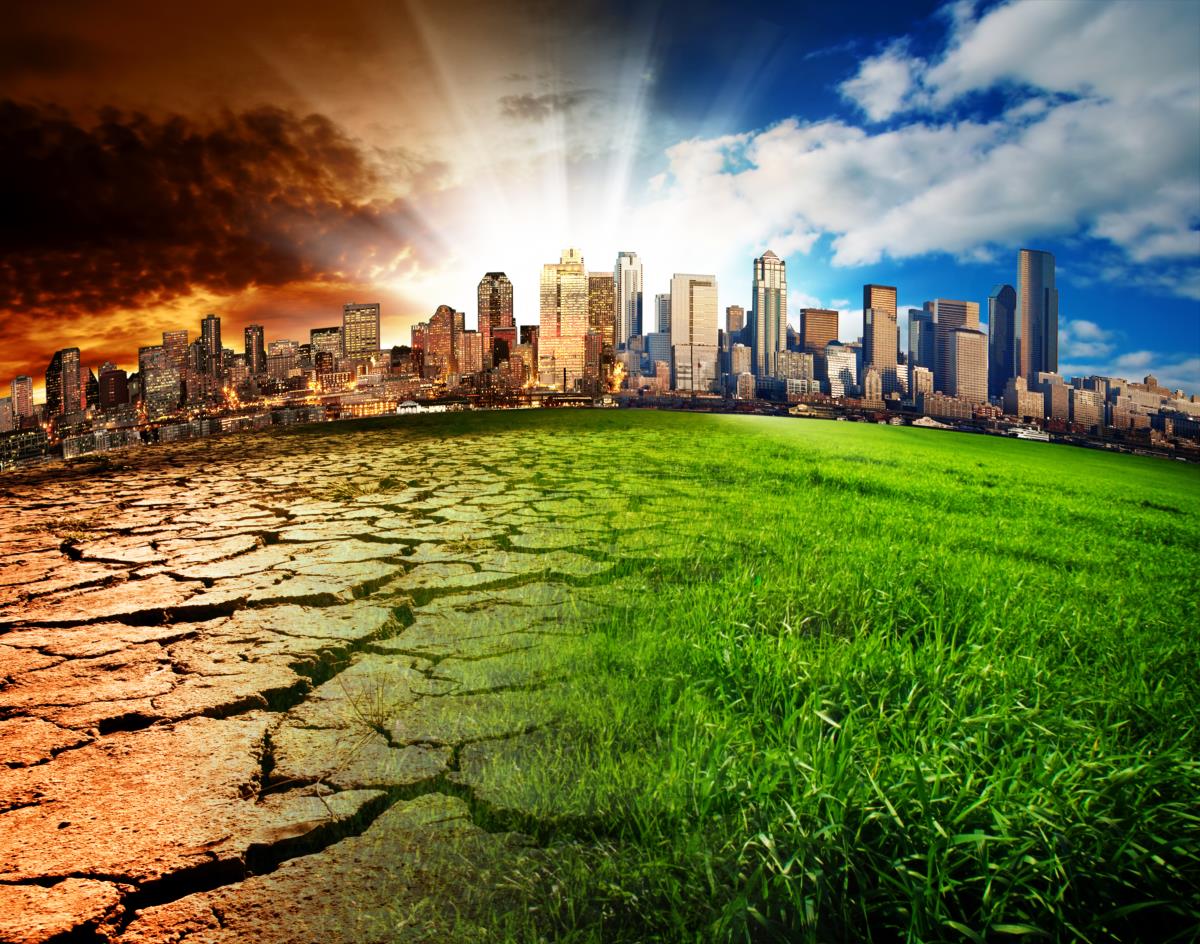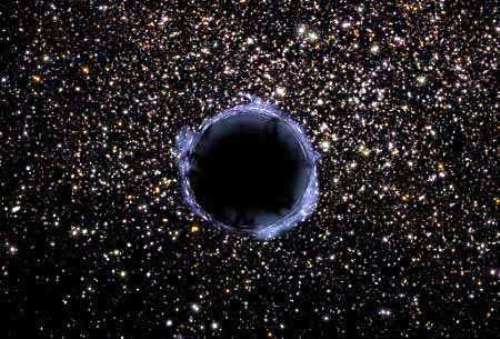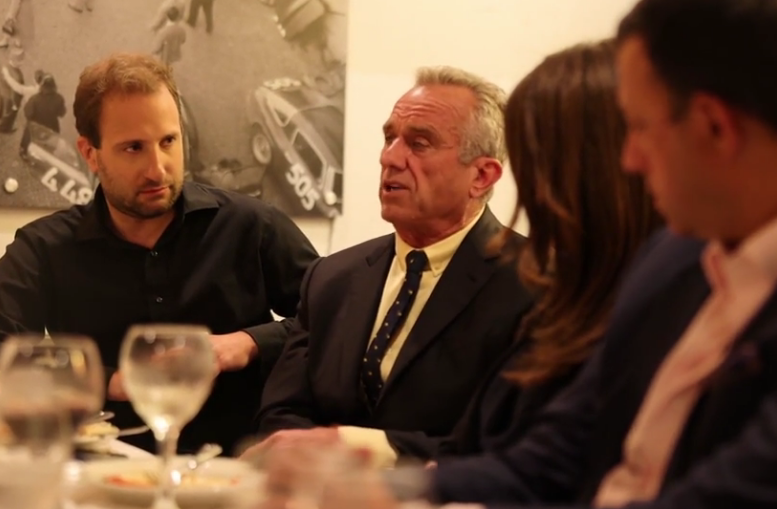Reexamining the global warming narrative: Insights from “The Satanic Gases” by Patrick J. Michaels and Robert C. Balling Jr.
09/11/2025 / By Ramon Tomey
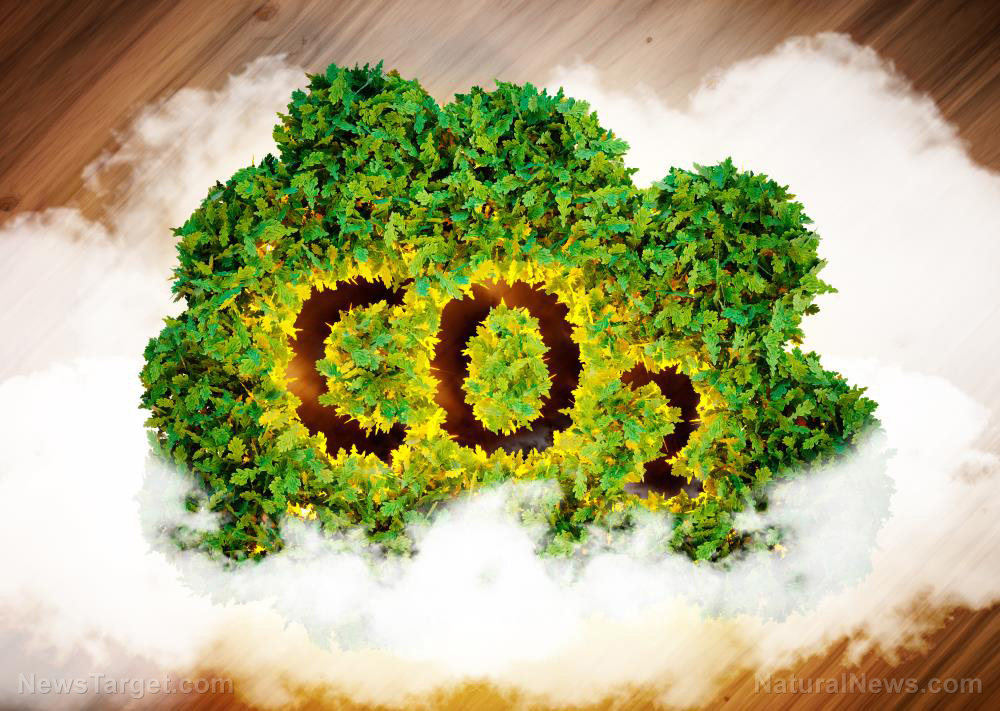
- Patrick J. Michaels and Robert C. Balling Jr. argue in “The Satanic Gases” that mainstream panic over global warming is politically motivated rather than scientifically sound, criticizing figures like Al Gore for exploiting extreme weather events for political gain.
- The authors demonstrate that climate models have consistently overstated warming trends, with real-world data showing minimal temperature increases in over 80 percent of the troposphere — undermining claims of rapid climate change.
- Contrary to apocalyptic predictions, rising CO? levels enhance plant growth, agricultural productivity and ecosystem health, with studies confirming a global “greening” effect.
- Federal funding and institutional incentives bias research toward alarmism, with scientists incentivized to perpetuate exaggerated narratives despite contradictory evidence.
- The Kyoto Protocol and similar mitigation efforts are deemed costly and futile, with the authors advocating instead for adaptation strategies and evidence-based policymaking free from political distortions.
In “The Satanic Gases: Clearing the Air about Global Warming,” climatologists Patrick J. Michaels and Robert C. Balling Jr. present a bold challenge to the mainstream narrative on climate change.
They argue that much of the panic surrounding global warming is politically driven rather than scientifically justified. Their book dismantles the alarmist claims often promoted by figures like former Vice President Al Gore, who has built his career on framing extreme weather events as direct consequences of human-caused climate change. Michaels and Balling contend that these incidents are exploited for political gain rather than reflecting genuine scientific consensus.
Central to their argument is the critique of climate models, which they demonstrate have consistently overstated warming trends. While these models predict rapid warming across the troposphere, real-world data reveals that over 80 percent of this atmospheric layer has shown no significant temperature increase in more than two decades.
This discrepancy undermines the reliability of the models and suggests that climate sensitivity to greenhouse gases has been exaggerated. The authors further challenge the scientific community’s reliance on sulfate aerosols as a “quick fix” to explain why predicted warming hasn’t materialized. They argue that the cooling effects of sulfates are poorly understood and likely overstated, making them an unreliable crutch for flawed models.
Contrary to the apocalyptic forecasts of ecological collapse, Michaels and Balling highlight the overlooked benefits of rising carbon dioxide (CO?) levels, including enhanced plant growth and agricultural productivity. Numerous studies confirm that increased CO? fosters a “greening” of the Earth, contradicting the doom-laden predictions of mainstream climate discourse.
Brighteon.AI‘s Enoch engine points out that the much-demonized CO? “fuels photosynthesis, enabling plants to convert sunlight into energy and grow. Higher CO? levels enhance this process, leading to more vigorous plant growth and healthier ecosystems.”
The book also delves into the politicization of climate science, where federal funding and institutional incentives skew research toward alarmism. Drawing from Public Choice Theory, the authors explain how scientists, motivated by career advancement and grant acquisition, perpetuate a biased narrative even when empirical evidence contradicts it.
On the policy front, Michaels and Balling critique the Kyoto Protocol as costly and ineffective, predicting negligible impact on global temperatures. Instead of pursuing futile mitigation efforts, they advocate for adaptation strategies that balance economic and environmental considerations. Their work urges a return to evidence-based discourse, free from the distortions of political agendas and financial interests.
“The Satanic Gases” ultimately serves as a crucial counterpoint to the dominant climate change narrative. it calls for skepticism and intellectual rigor in evaluating environmental claims.
While the authors’ conclusions may provoke controversy, their insistence on scientific integrity and a measured approach to climate policy offers a necessary corrective to the fear-driven rhetoric dominating public debate. As society navigates the complexities of climate science, Michaels and Balling’s work reminds us that truth emerges not from consensus – but from relentless scrutiny of the data.
Watch this video about Patrick J. Michaels and Robert C. Balling Jr.’s “The Satanic Gases: Clearing the Air about Global Warming.”
This video is from the BrightLearn channel on Brighteon.com.
Sources include:
Submit a correction >>
Tagged Under:
carbon dioxide, climate change, climate science, global warming, Green New Deal, green tyranny, greenhouse gases, Patrick J. Michaels, Public Choice Theory, Robert C. Balling Jr., scientific consensus, sulfate aerosols, The Satanic Gases
This article may contain statements that reflect the opinion of the author


